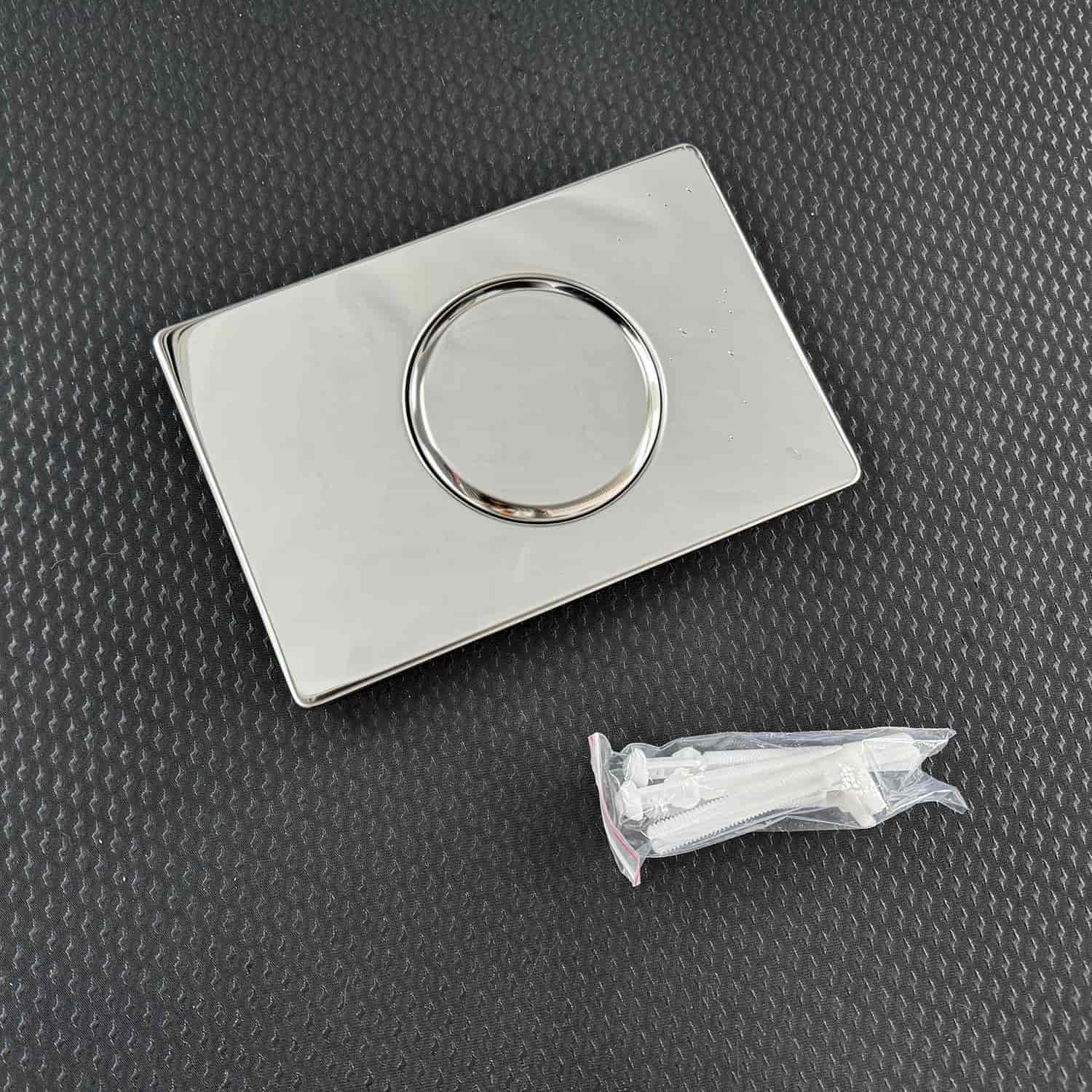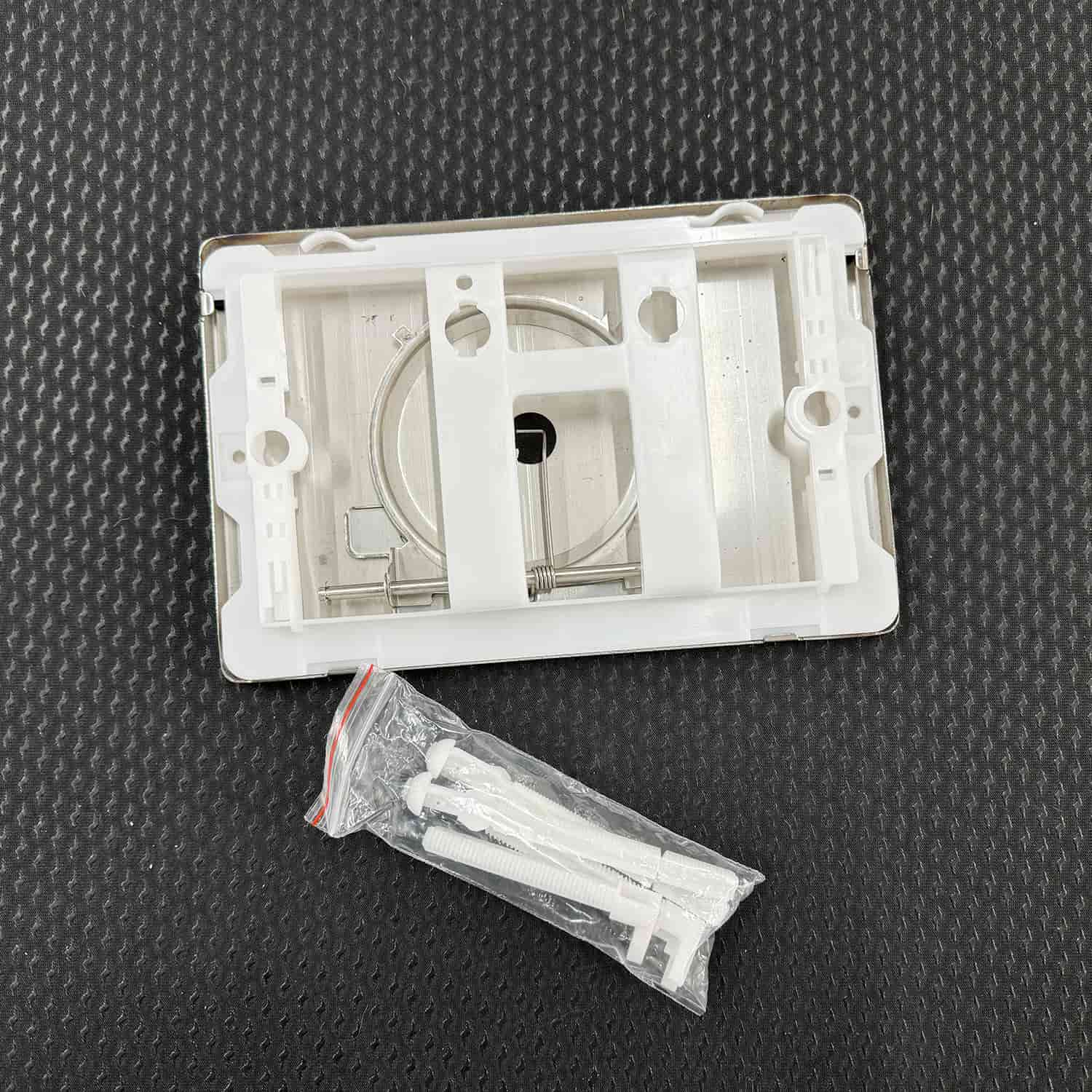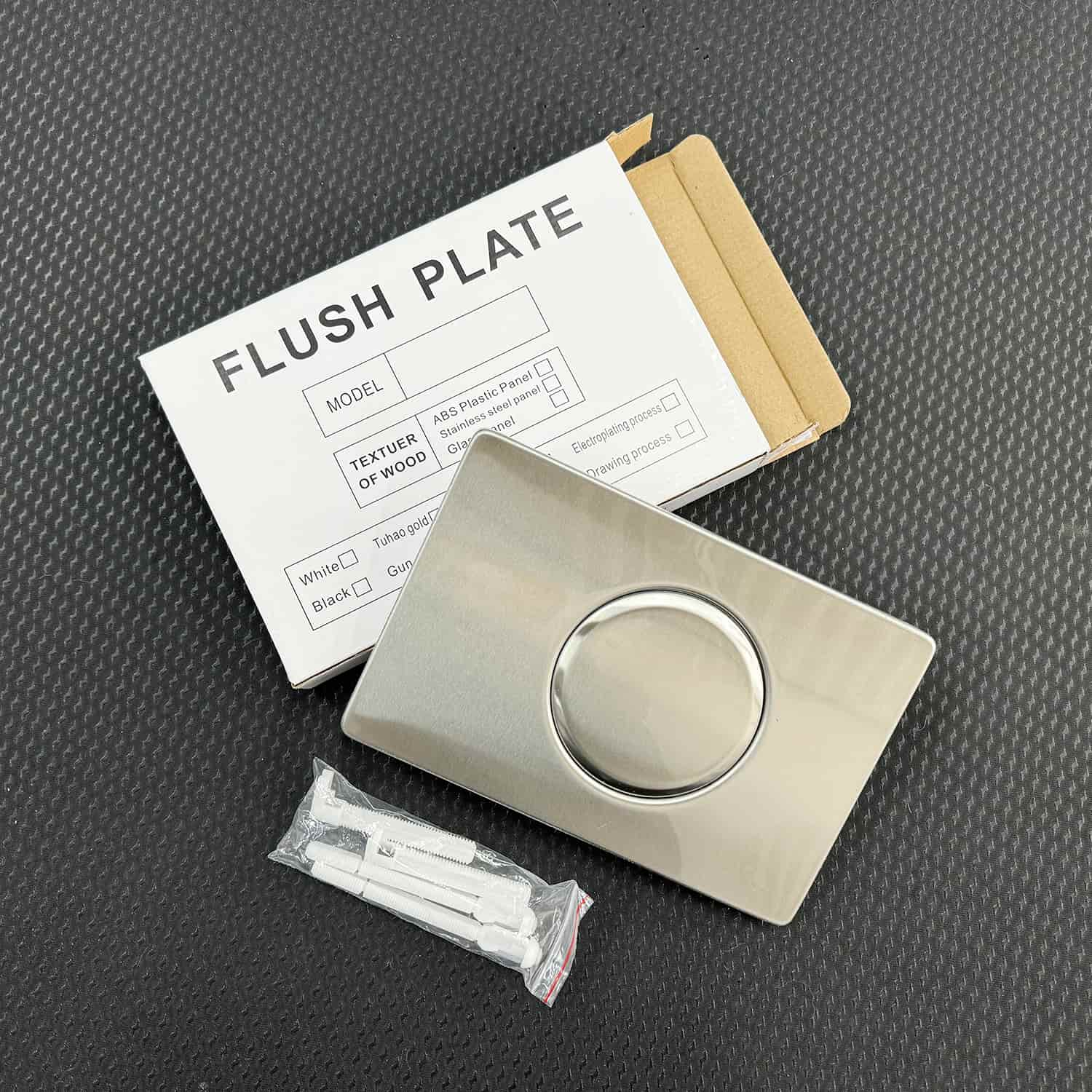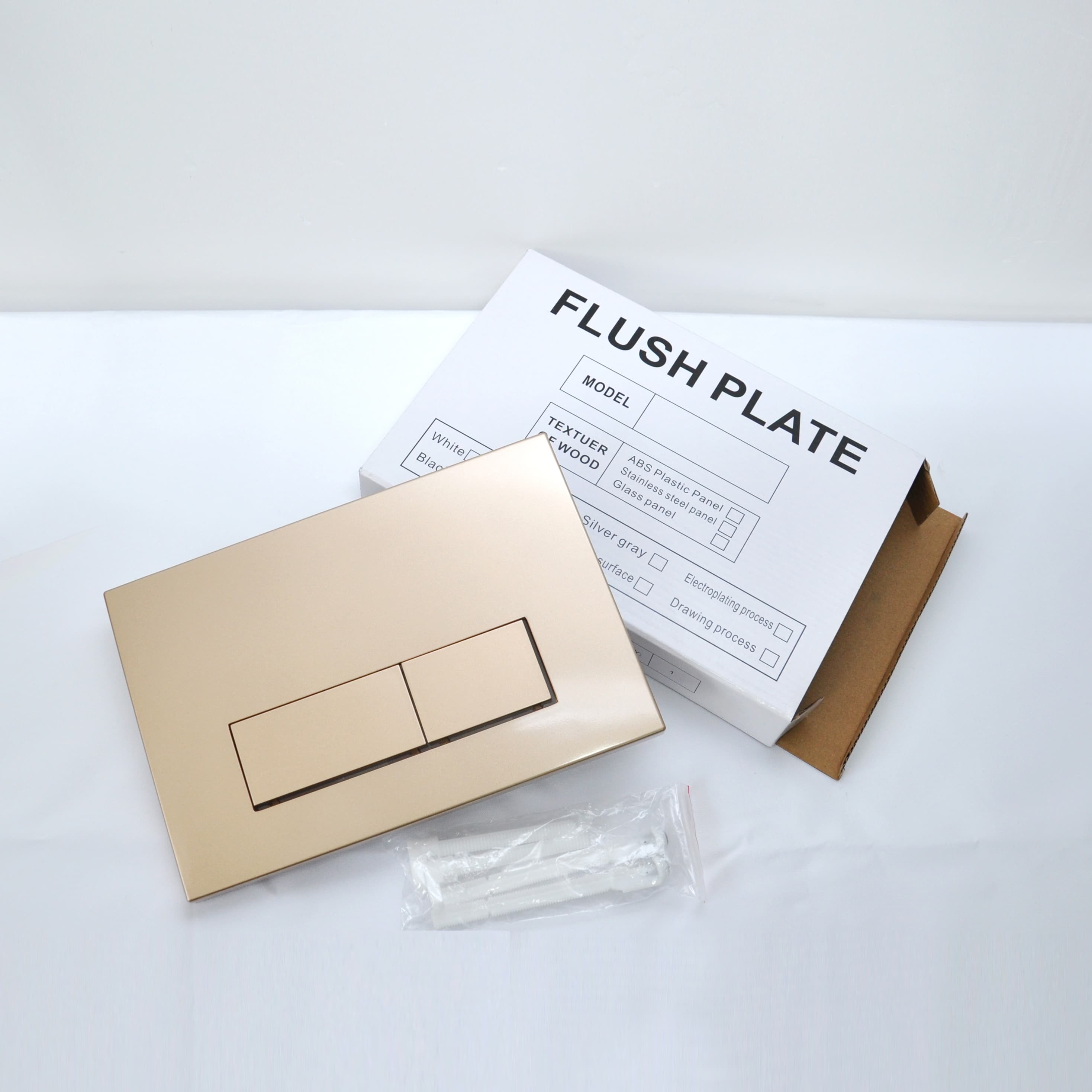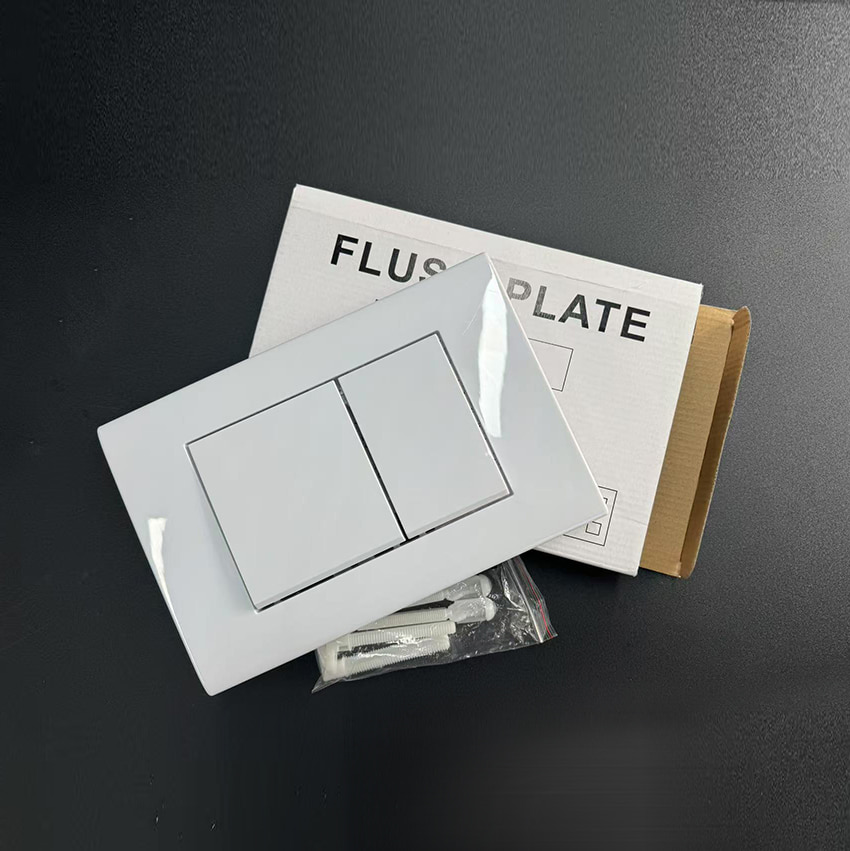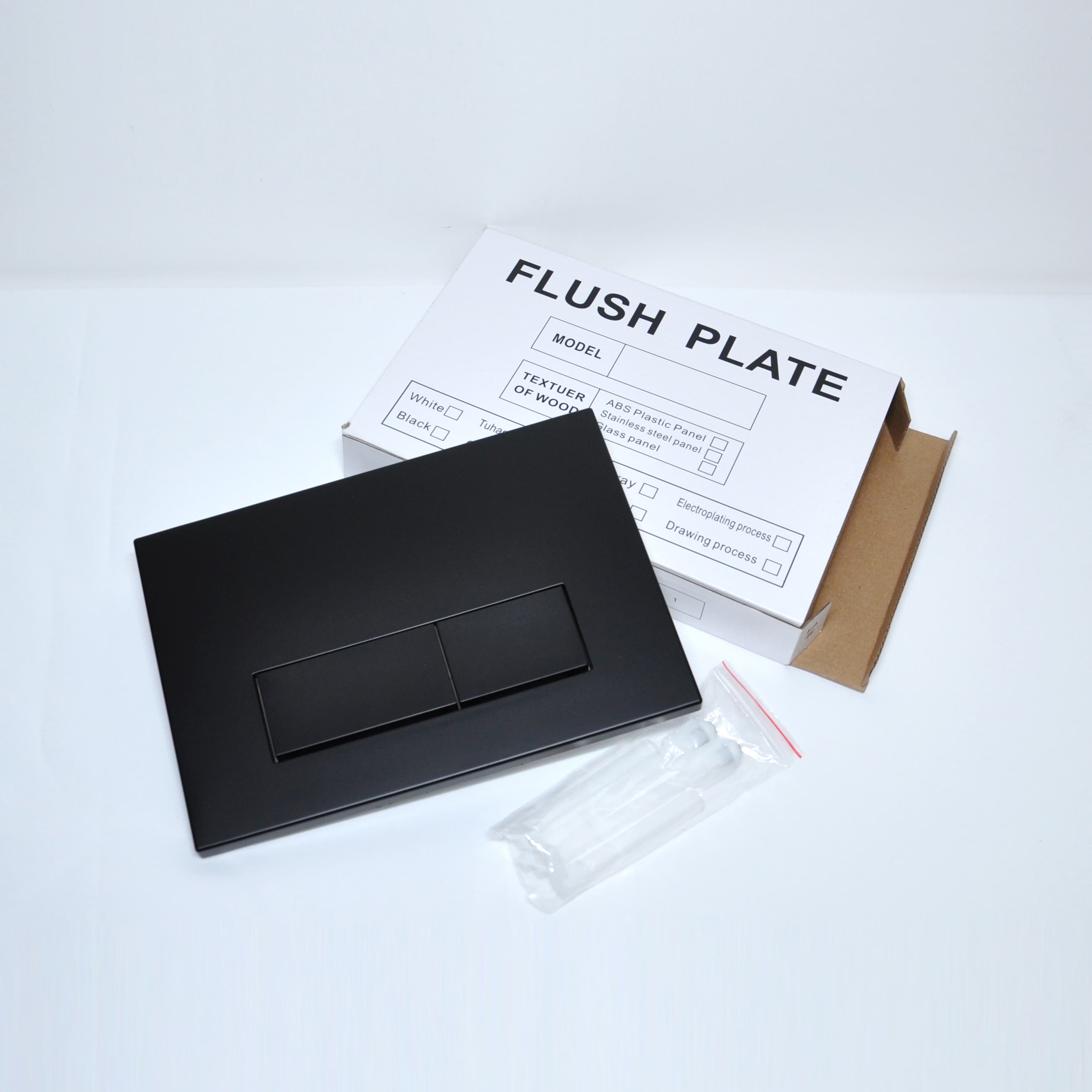2.3 Aesthetics and Design FlexibilityPlastic Panels One of the biggest advantages of plastic is its design versatility. It can be molded into various shapes, sizes, and textures. Plastic panels are available in a wide range of colors, including matte, glossy, and even textured finishes that mimic natural materials like stone or wood. This makes them perfect for creating customized, colorful bathroom designs.
304 Stainless Steel Panels 304 stainless steel is renowned for its exceptional corrosion resistance. The chromium-nickel alloy forms a protective oxide layer that prevents rust, even in wet conditions. It can withstand heavy impacts and has a much longer lifespan compared to plastic, often lasting 20+ years with proper care. However, it's not completely immune to corrosion in extremely harsh environments (e.g., high-salt coastal areas), though such cases are rare for bathroom use.
2.4 Weight and Installation Plastic Panels Plastic is lightweight, making installation a breeze. Even a DIY enthusiast can install a plastic panel without heavy tools. The light weight also reduces stress on the wall structure, which is important for older homes or walls with limited load-bearing capacity.
304 Stainless Steel Panels Stainless steel is heavier, so installation may require more secure mounting brackets. Professional installation is often recommended to ensure the panel is properly anchored, especially for larger sizes. The extra weight can be a consideration if the concealed tank is installed in a hollow or partition wall.
2.5 Cost and Maintenance Plastic Panels Plastic panels are generally more budget-friendly, costing 30-50% less than stainless steel options. Maintenance is simple: just wipe with a mild cleaner. However, they may scratch more easily, and prolonged exposure to harsh chemicals (e.g., strong bathroom cleaners) can damage the surface.
2.6 Environmental Factors Temperature Resistance Plastic panels may warp or deform at high temperatures (above 60°C), so they're not suitable for areas near heaters or under direct sunlight. 304 stainless steel, however, maintains its shape and strength in a wide temperature range (-20°C to 80°C), making it more versatile for different climates. Moisture Management While both materials handle moisture well, stainless steel can develop condensation on the surface in very humid environments, which may require additional insulation. Plastic panels, being thermal insulators, are less prone to condensation.
3. When to Choose Plastic?Budget-conscious projects: Ideal for rental properties or bathrooms where cost is a primary concern. Colorful or themed designs: Perfect for kids' bathrooms or spaces where vibrant aesthetics are desired. Low-load walls: Lightweight plastic is safer for plasterboard or partition walls. Temporary installations: Suitable for short-term use or renovations where materials may be replaced later.
4. When to Choose 304 Stainless Steel? High-end, durable designs: For luxury bathrooms that require a timeless, elegant look. Harsh environments: Coastal areas or regions with hard water (stainless steel resists mineral buildup better). Commercial spaces: Offices, hotels, or public restrooms that need heavy-duty, low-maintenance solutions. Long-term investment: When you want a panel that will last for decades without fading or cracking.
5. The Verdict: It Depends on Your Needs!
